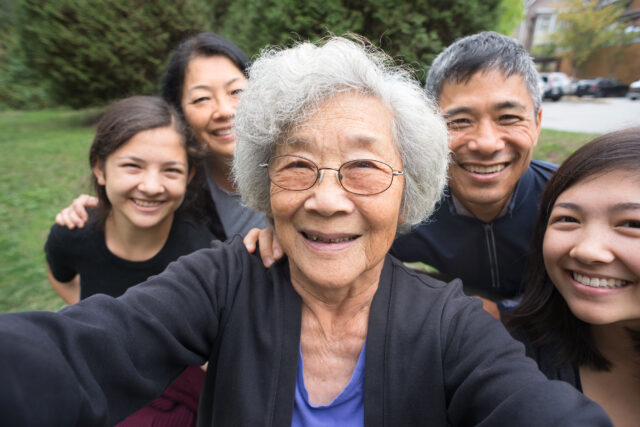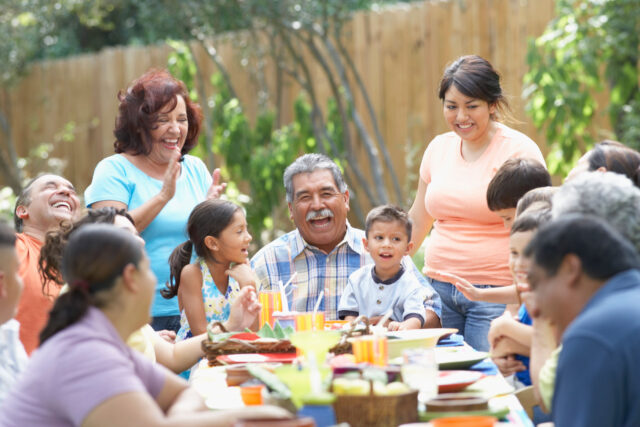California’s population is rapidly diversifying. Immigration from Latin America and Asia has been an important component of the state’s population growth for decades, and birth rates have generally been lower for white mothers than for mothers from many other racial and ethnic groups, especially Latinas. The state’s adult population is more diverse now than in decades past, but what about the next generation? What does young California look like?
Recently released census data give us a sense of the generational change underway. These data let us calculate each race and ethnicity’s generation gap: the share of each racial/ethnic group among the state’s children minus the corresponding share among adults (those 18 and older).
Fewer than one in four (23.4%) of California’s children are white—a share that is 14.5 percentage points lower than the share of white adults (37.9%). This difference reflects immigration and the fertility rates mentioned above, but it only puts California in the middle of the pack nationally: in all states, children are less likely than adults to be white, and 17 states have a bigger gap than California’s. The state’s white generation gap is driven by higher rates of Latino (15.7%) and multiracial (2.8%) identification among the young. Indeed, California’s children are actually less likely than its adults to be Black (-0.6% percentage point difference) or Asian American (-3.6%). California’s Black and Asian American generation gaps are the second lowest in the nation, but its Latino generation gap is higher than all but Arizona’s.
Just as children are more diverse than adults in all states, they are also more diverse in almost every part of California. The maps below show generation gaps for the major racial/ethnic groups across counties; positive values (shown in green) indicate that a given race/ethnicity is a larger share of children than adults.
In all but Lassen County, the share of Latinos is larger among children than among adults—and in 43 counties it is more than 10 percentage points higher. Meanwhile, the share of whites is smaller among children than adults in nearly all counties (again, Lassen is an outlier), and it is 10 to 20 percentage points lower in all but 11 counties. While generation gaps among African Americans and Asian Americans are more modest, shares of these racial/ethnic groups are smaller among children than among adults in most counties. Overall, Latinos make up much larger shares of children than of adults in significant portions of Southern California and the rural coast. The difference is smaller in the Bay Area and Sacramento regions, where young people are more likely to be multiracial.
These gaps between children and all adults understate the coming pace of generational change because younger adults are also more diverse than older ones. The gap between children and seniors would tell us the most about the change the state will face in the decade before the next census, but that information is not available yet. When the Census Bureau eventually releases more detailed age breakdowns, it will be possible to measure this larger generational gap more precisely. Until then, it seems clear that, absent immigration from other states or countries, the future of California is Latino and multiracial.









